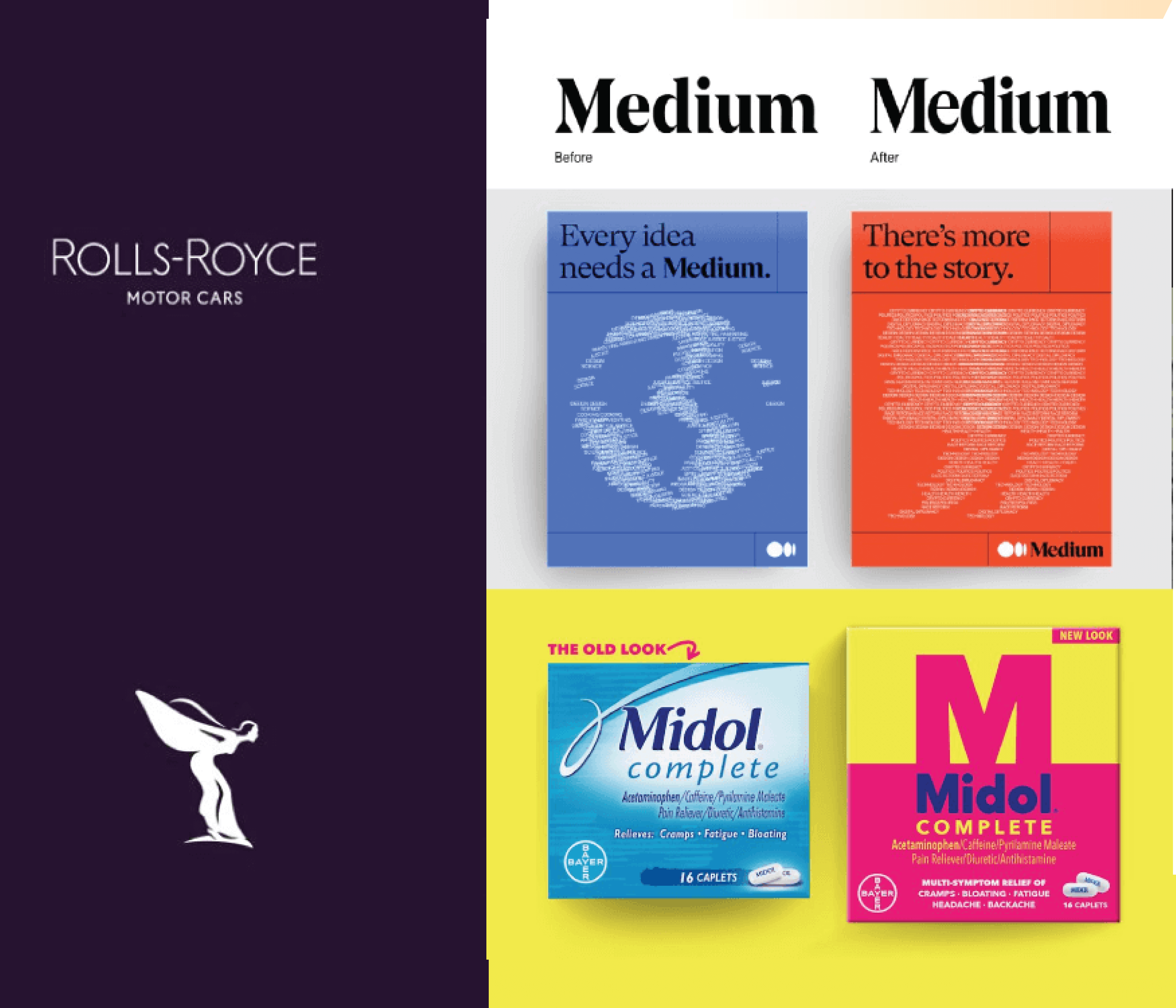In the last few years, we’ve heard a lot of talk about brand vs. performance marketing. You need both to win, but a lot of marketing teams are splintered. Some folks are hyper-focused on performance marketing, obsessing over conversion rates and cost per acquisition, while other folks (often the more formal brand team) are focused on nurturing and protecting the integrity of the brand. Each group is siloed, which ultimately holds the whole team back.
That is the exact dynamic that Allison Stadd, who leads brand, culture, and media at Shipt, radically changed by breaking down the walls between brand and performance marketing in her company.
As Allison shared on our Best Story Wins podcast, this wasn’t just an organizational change; it was a strategic move that enables Shipt to create a more cohesive customer experience in an increasingly fragmented digital landscape.
But that shift didn’t happen overnight. It required intentional moves and the infrastructure to support it.
How to Bridge Brand and Performance Marketing
If you want to close the gap in your own organization, these are Allison’s biggest tips to do it effectively.
1. Unify your media teams for full-funnel success.
Traditional marketing teams are often siloed, so the right hand doesn’t know what the left hand is doing. Allison brought all media functions under one roof in an effort to create a better, more seamless customer journey.
This way, the same team handles both brand awareness and conversion-focused campaigns, ensuring messaging remains consistent. Even better, the learnings from one stage of the funnel inform strategies for other stages.
Tip: Start by aligning KPIs between your brand and performance teams. While they may have different day-to-day metrics, both teams need to understand how their work contributes to overarching business goals. Consider creating cross-functional pods with members from both brand and performance teams to tackle specific campaigns or initiatives.
2. Use technology to bridge personalization and scale.
As Allison points out, B2B marketers know they need to talk to people on their terms, about the things they’re personally passionate about. But marketers are also tied to numbers and revenue.
Luckily, with advances in AI and other technologies, brands can now create content that feels individualized while still reaching mass audiences. At Shipt, they’re leveraging technology to achieve this balance in specific ways. For example, they have a proprietary gen AI creative tool that helps them develop hundreds of assets.
These variations allow Shipt to speak directly to different customer segments with relevant messaging while maintaining overall brand consistency.
Tip: Start small. Identify 2-3 key customer segments and create tailored messaging for each, then A/B test to validate your approach before expanding to more granular personalization. Remember that the goal is to create more relevant experiences that drive both brand affinity and performance metrics. For more ideas, see our tips to personalize the buyer journey with AI tools.
3. Leverage content as the connector between brand and performance.
At Shipt, content serves as the bridge between emotional brand connections and performance outcomes. The better you can tell your brand story, the easier it is to build relationships with people.
For example, when a TikTok influencer forgot her toddler’s pack-and-play on a road trip, and another delivery service failed to help her, the Shipt team jumped in to help coordinate the delivery.
What started as a brand-building moment of connection with a human in need turned into a significant business bump. By generating content about Shipt, that influencer helped them get a huge increase in app downloads, as well as affiliate sales.
This story perfectly illustrates how content that leads with brand values (in Shipt’s case, human connection) can simultaneously drive performance outcomes.
Tip: The most powerful content often comes from real customer experiences, not manufactured marketing messages. Look for authentic customer stories and interactions, document these stories, and turn them into content that can be used across channels.
4. Adapt to the “atomization” of digital communities.
The internet is no longer one massive public square; it’s fragmenting into countless smaller spaces where people with shared interests gather. Allison calls this the “atomization of the Internet.”
This fragmentation has huge implications for how marketers reach and engage customers. In this environment, mass broadcast messages just aren’t as effective. You need more nuance and context to communicate to specific communities.
Shipt has adapted to this reality by ensuring their marketing isn’t one-size-fits-all. They recognize different use cases, from busy parents needing groceries to college students setting up dorm rooms, and tailor their approach accordingly.
Tip: Analyze the micro-communities where your customers gather. These might be subreddits, Facebook Groups, Discord servers, or other spaces. Work to become a valuable contributor to these communities by sharing helpful information and engaging in authentic conversations.
Focus on a Cohesive Customer Experience
Ultimately, no matter how you shape your organization, your end goal should always be a seamless customer experience. As you shift team dynamics and reallocate responsibilities, pay special attention to the pain points within your customer journey, and collaborate on ways to eliminate them. This is especially important not only within the marketing team but with the sales team as well. (See our tips to bridge those departments too.)
For more insights on how to create integrated marketing that delivers results, check out our full conversation with Allison Stadd on the Best Story Wins podcast. (And if you’re looking to develop a more unified approach to your content strategy, find out more about how we work.) .




